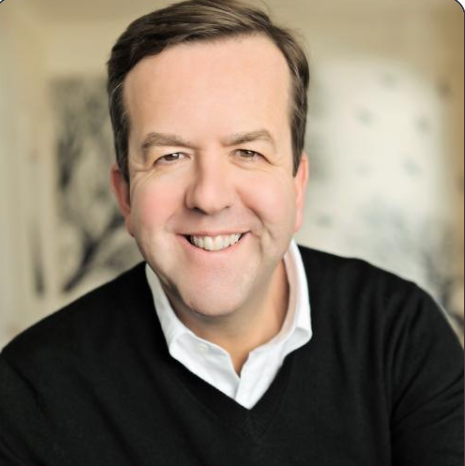Francois Godard, senior media and telecoms analyst at Enders Analysis, puts it another way: “European TV had it too good for too long.”
“We’ve seen a change of pace recently with ITVX and RTL+ in Germany,” Enders’ Godard. says “ITVX is releasing more content online before the linear channel. It is conceived as a destination rather than ITV Hub, which was catch up.”
As Europe’s commercial networks come to grips with streaming, they are also wrestling with shape of their wider businesses. Analysts expect consolidation of one form or the other to follow over the coming decades, as scale becomes ever more decisive. Enders’ Godard says it’s a “trial-and-error environment” right now but adds he would be “reassured” if the thinking was “more collective.”
